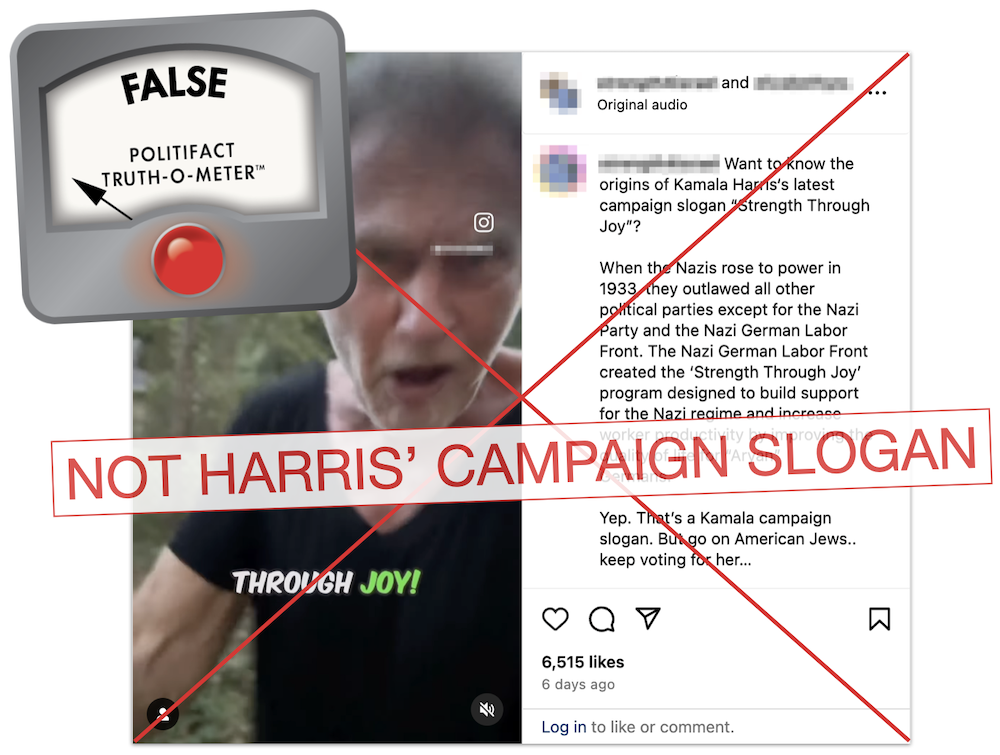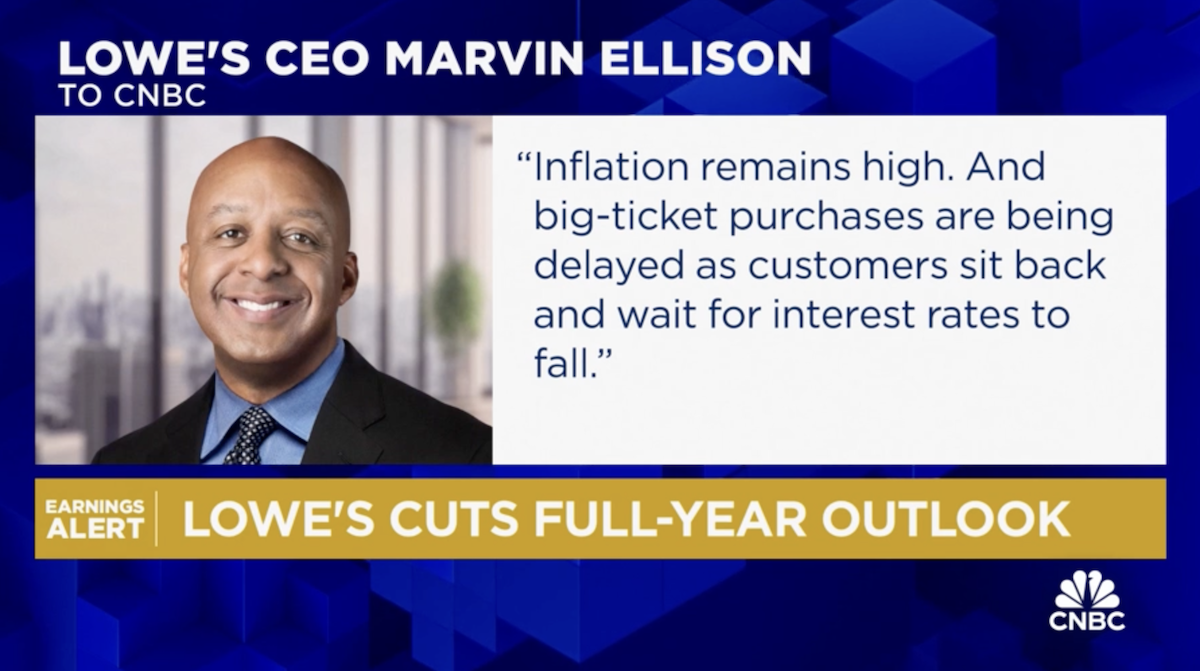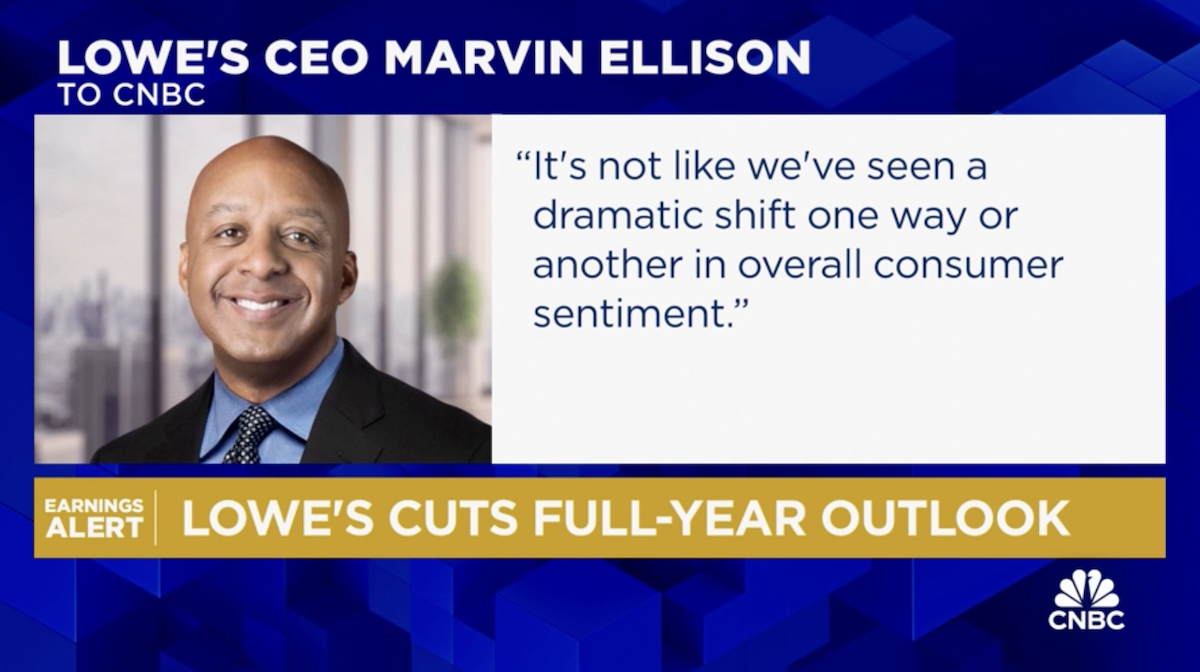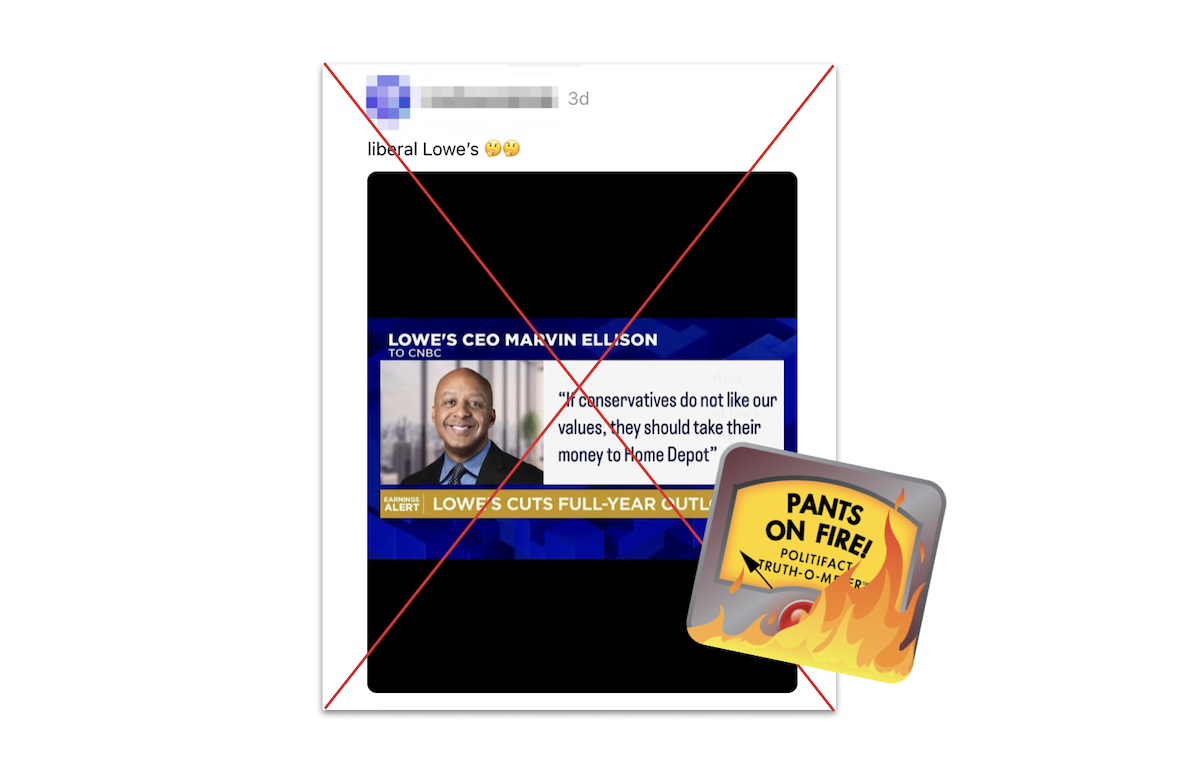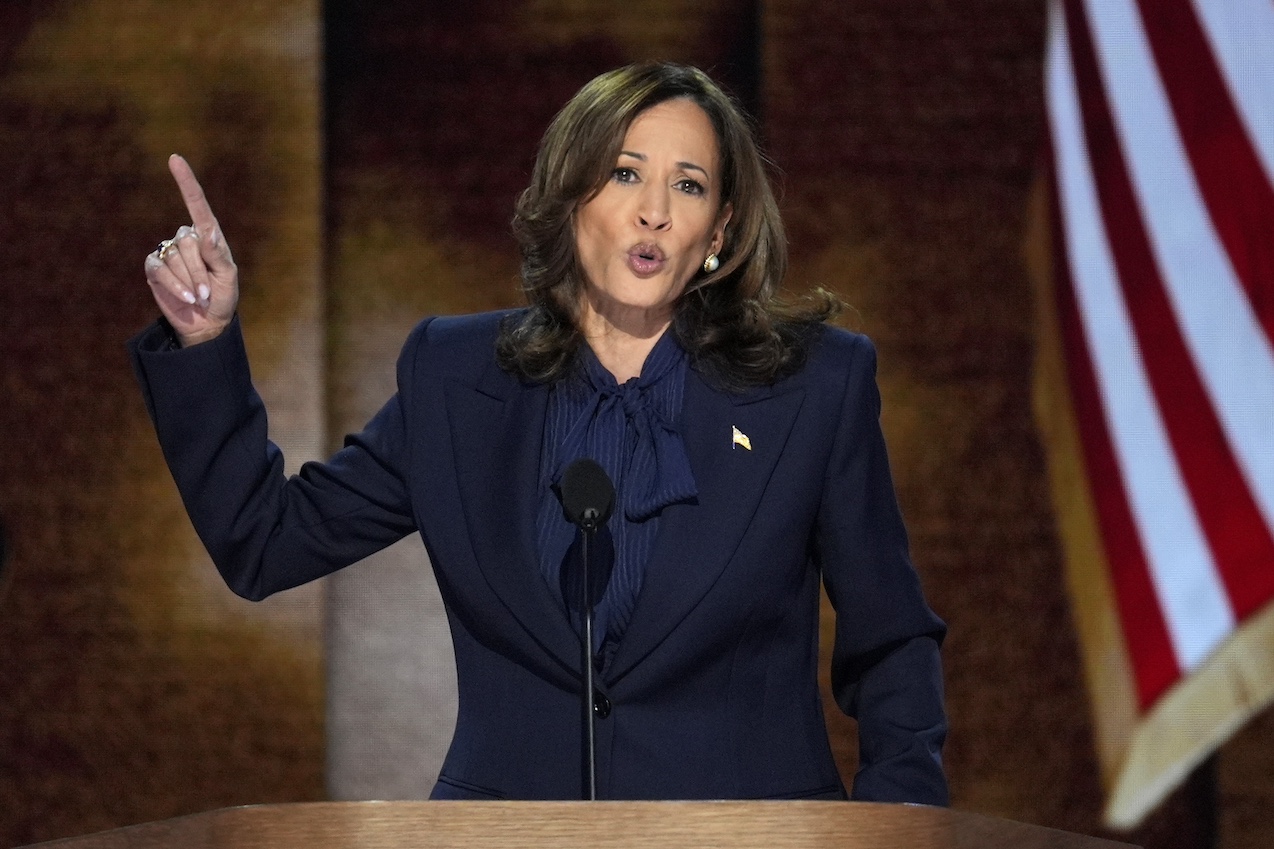CHICAGO — Reflecting Democrats’ optimism that the presidential race has shifted in their favor over the past month, Vice President Kamala Harris formally accepted the Democratic presidential nomination.
Harris is the second woman to become a major-party presidential nominee, the second Black nominee and the first Asian. In a 37-minute speech — roughly one-third the length of former President Donald Trump’s at the Republican National Convention in July — Harris retold the story of her upbringing in a “beautiful working-class neighborhood” in San Francisco’s East Bay. She described being a child of divorce who was raised with the help of people, “none of them family by blood, and all of them family by love.”
As she has at recent rallies, Harris leaned into several key policy themes: abortion rights, voting rights and support for Ukraine as it fights a continuing Russian invasion. Broaching an issue Democrats have sometimes been reluctant to raise — immigration — Harris dared Republicans to oppose a revival of a bipartisan immigration bill that GOP lawmakers abandoned earlier this year under pressure from Trump, the Republican presidential nominee.
As Harris sounded notes of unity and optimism, she also expressed disdain for her opponent. Harris said, “In many ways, Donald Trump is an unserious man. But the consequences of putting Donald Trump back in the White House are extremely serious.”
PolitiFact fact-checks politicians across the political spectrum. We also fact-checked the Republican National Convention in July. Read more about our process.
Here are fact-checks of some of Harris’ statements on the convention’s fourth and final night.
RELATED: Live fact-checking of Night 4 of the DNC
Abortion
Harris: Trump “plans to create a national anti-abortion coordinator and force states to report on women’s miscarriages and abortions.”
Mostly False.
What Harris describes is Project 2025. Although the 900-page policy manual makes such recommendations, it isn’t Trump’s plan. The project, led by conservative Heritage Foundation, contains proposals for the next Republican administration, and got input from dozens of Trump allies. But Trump and his campaign have repeatedly said they were not involved in the project and Trump is not listed as an author, editor or contributor.
Project 2025 doesn’t mention a “national anti-abortion coordinator.” The document calls for a “pro-life politically appointed Senior Coordinator of the Office of Women, Children, and Families.”
It says the U.S. Centers for Disease Control and Prevention’s abortion surveillance and maternal mortality reporting systems are inadequate and proposes withholding federal money from states that don’t report to the CDC how many abortions take place in their states.
The document calls for the Health and Human Services Department to “use every available tool, including the cutting of funds, to ensure that every state reports exactly how many abortions take place within its borders, at what gestational age of the child, for what reason, the mother’s state of residence, and by what method.”
It also says that the statistics should be separated by category, including spontaneous miscarriage, treatments that incidentally result in fetal death (such as chemotherapy), stillbirths and “induced abortion.”
In an April interview with Time magazine, Trump said some states “might” choose to monitor and punish women for illegal abortions. But, when asked about the topic, he told the reporter to “speak to the individual states” about it.
Harris: “As a part of his agenda, he and his allies would limit access to birth control, ban medication abortion and enact a nationwide abortion ban, with or without Congress.”
Harris’ predictive, multipart claim exaggerates Trump’s abortion agenda by tying him to Project 2025 “allies” and misleading about some of the document’s scope.
• Birth control: After a May interview in which he said he was “looking at” birth control restrictions, Trump wrote on Truth Social that “I have never and will never advocate for imposing restrictions on birth control.”
Project 2025 zeros in on some forms of emergency contraception — particularly Ella, a pill that can be taken within five days of unprotected sex to prevent pregnancy — and says they should be excluded from no-cost coverage. The Affordable Care Act requires most private health insurers cover recommended preventive services, which involves a range of birth control methods, including emergency contraception.
• Medication abortion: Trump is on record against Project 2025’s position on this issue.
Project 2025 recommends that the U.S. Food and Drug Administration reverse its 2000 approval of mifepristone, the first pill taken in a two-drug regimen for a medication abortion, the most common form of abortion in the U.S.
If the FDA doesn’t reverse its mifepristone approval, Project 2025 recommends new rules, such as cutting its use from 10 weeks into pregnancy to seven weeks. It would have to be provided to patients in person rather than being sent by mail.
The U.S. Supreme Court rejected a legal challenge to mifepristone’s FDA approval over procedural grounds in June. Trump said during the June 27 presidential debate that he wouldn’t ban mifepristone, mistakenly saying because the court “approved” it. (The question at the center of the case could be revisited.)
Project 2025 would have the Justice Department enforce the 1873 Comstock Act, which bans the mailing of “obscene” materials, to ban mailing abortion medication. Trump told CBS News on Aug. 19 that “generally speaking” he wouldn’t enforce the Comstock Act to ban mailing the medication.
• Enact a nationwide abortion ban, with or without Congress: Trump said this year he would not sign a national ban, even though he endorsed a 20-week cutoff as president. Since April, Trump has said abortion should be left to the states.
Project 2025 doesn’t call to ban abortion nationwide, but it recommends policies that would significantly curtail access. It says the Department of Health and Human Services should “return to being known as the Department of Life by explicitly rejecting the notion that abortion is health care.”
Some Trump allies have discussed other executive actions outside of Congress that could limit abortion, such as enforcing the Comstock Act.
Harris’ attorney general policies
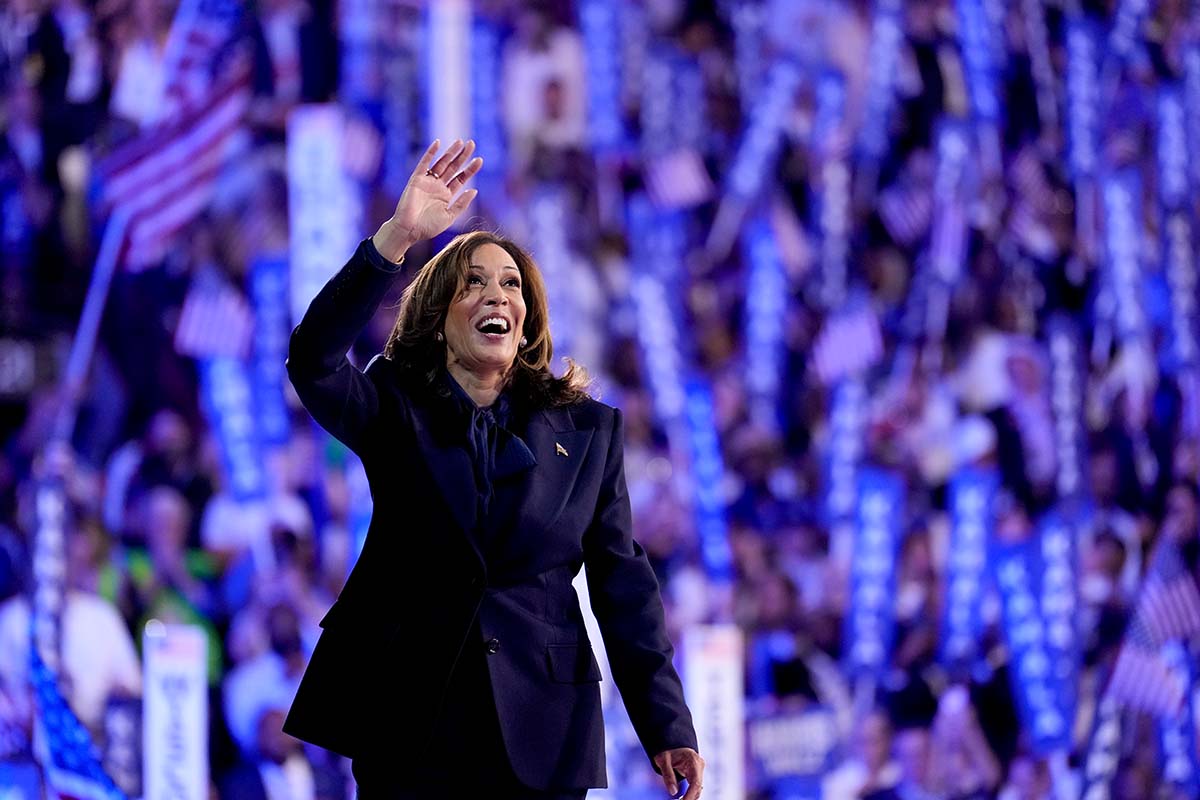 Vice President Kamala Harris, the Democratic presidential nominee, waves to the United Center crowd Aug. 22, 2024, at the Democratic National Convention in Chicago. (AP)
Vice President Kamala Harris, the Democratic presidential nominee, waves to the United Center crowd Aug. 22, 2024, at the Democratic National Convention in Chicago. (AP)Harris: “I … helped pass a homeowner bill of rights, one of the first of its kind in the nation.”
True.
As California’s attorney general, Harris was part of a multistate settlement that won debt relief for homeowners affected by the 2007-10 housing crisis. She initially withdrew from settlement talks in 2011 because the offer of $4 billion was “crumbs on the table,” she said in 2012. The settlement involved five banks: Bank of America Corp., Wells Fargo & Co., JPMorgan Chase & Co., Citigroup Inc. and Ally Bank/GMAC Mortgage.
When a settlement agreement was reached in 2012, California won a combined $20 billion for its homeowners. Homeowners gained debt forgiveness and a reduction of monthly payments. But the settlement had checkered results.
Many homeowners didn’t keep their homes; they opted to sell them for less than the amount owed, with the banks shouldering the loss. Critics said vulnerable groups such as non-English speakers had difficulty obtaining relief. Nearly a quarter of the relief went to people with second mortgages and some experts said much of the relief was for debt the banks would have anyway without the deal. However, the deal helped homeowners offload debts without going through foreclosure, which would have harmed their credit history.
In July 2012, the California Legislature passed the California Homeowner Bill of Rights, a set of laws to protect homeowners from foreclosures. The laws, which were largely modeled after the foreclosure lawsuit, took effect in January 2013, Harris endorsed them.
Rep. Nancy Pelosi, D-Calif., praised the bill’s signing in 2012 and thanked Harris for her “ceaseless efforts to protect Californians against abuses by some in the mortgage servicing industry.”
The Homeowners Bill of Rights prohibits lenders from “dual tracking,” meaning lenders generally can’t foreclose on someone when they’re negotiating how to make a mortgage more affordable.
In 2012, the Los Angeles Times reported that the legislation made California the first state to prohibit this practice. And The Associated Press wrote that California would become the first state to write the parts of the mortgage settlement into law.
For a previous story, a consumer advocacy organization’s director told PolitiFact that in 2012, the bill’s protections served as “the strongest foreclosure prevention law in the country.”
Taxes
Harris: Trump “intends to enact what, in effect, is a national sales tax — call it a Trump tax — that would raise prices on middle-class families by almost $4,000 a year.”
Half True.
Trump has said that he would propose a 10% tariff on all nondomestic goods sold in the U.S. Although tariffs are levied separately from taxes, economists say that much of their impact would be passed along to consumers, making them analogous to a tax.
Harris’ figure about how much it will cost families is higher than most estimates.
The American Action Forum, a center-right think tank, has projected additional costs per household of $1,700 to $2,350 annually.
The Peterson Institute of International Economics, another Washington, D.C.-based think tank, projected that such tariffs would cost a middle-income household about $1,700 extra each year.
A more recent estimate, from the liberal group the Center for American Progress Action, came up with a $3,900 figure but that was based on the high end of a 10% to 20% tariff range that Trump on one occasion speculated about.
Presidential immunity
Harris: “The United States Supreme Court just ruled he would be immune from criminal prosecution.”
The court did not grant Trump — or any president — full immunity.
In a landmark decision July 1, the Supreme Court ruled 6-3 that presidents have immunity from prosecution when carrying out “official acts.”
“Under our constitutional structure of separated powers, the nature of Presidential power entitles a former President to absolute immunity from criminal prosecution for actions within his conclusive and preclusive constitutional authority,” the court wrote. “And he is entitled to at least presumptive immunity from prosecution for all his official acts. There is no immunity for unofficial acts.”
We don’t yet fully know how the ruling will affect the outcome of pending criminal cases against Trump. The ruling delayed Trump’s federal prosecution on charges that he interfered with the 2020 election. A federal judge now must decide whether Trump’s actions constituted official acts.
The ruling also delayed the sentencing of Trump’s Manhattan conviction for falsifying business records.
PolitiFact Chief Correspondent Louis Jacobson, Senior Correspondent Amy Sherman, Staff Writers Grace Abels, Kwasi Asiedu, Madison Czopek, Samantha Putterman, Sara Swann, Loreben Tuquero and Maria Ramirez Uribe and Researcher Caryn Baird contributed to this story.
Our convention fact-checks rely on both new and previously reported work. We link to past work whenever possible. In some cases, a fact-check rating may be different tonight than in past versions. In those cases, either details of what the candidate said, or how the candidate said it, differed enough that we evaluated it anew.

